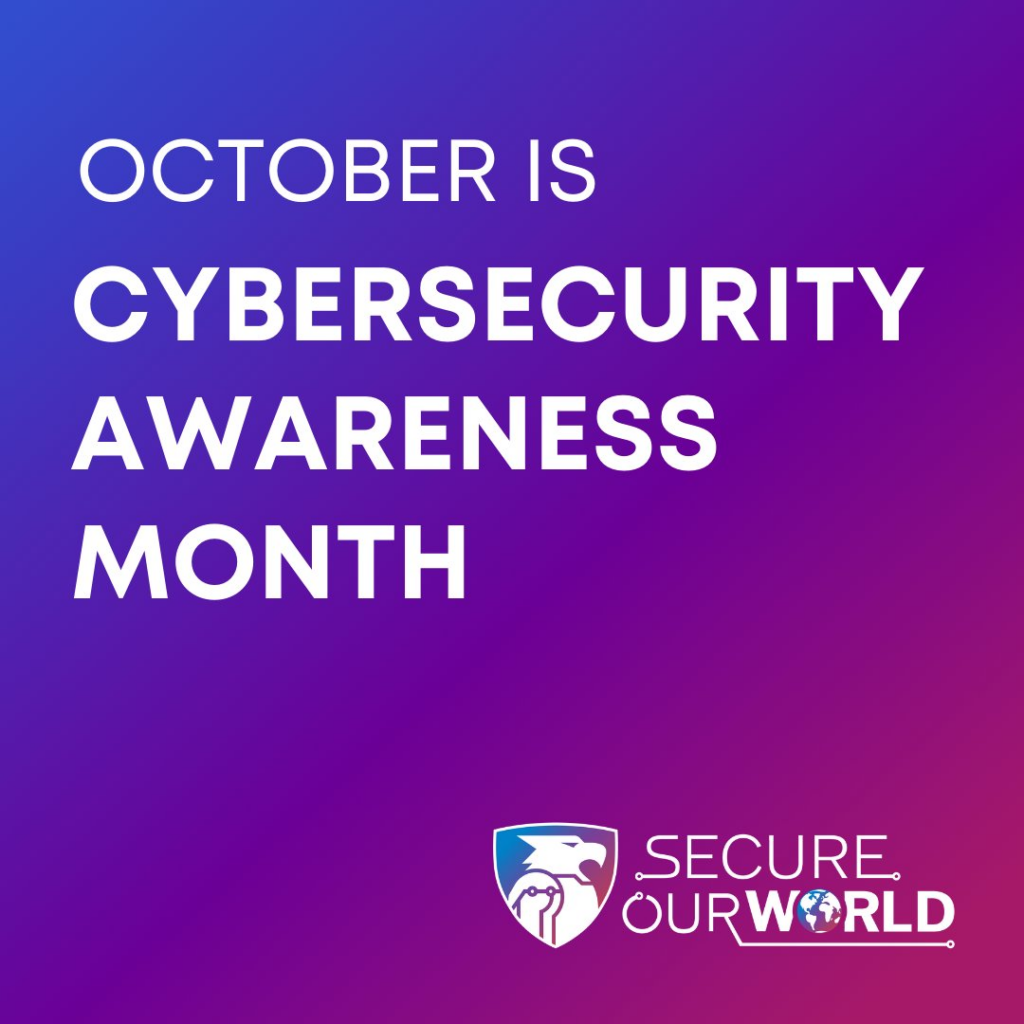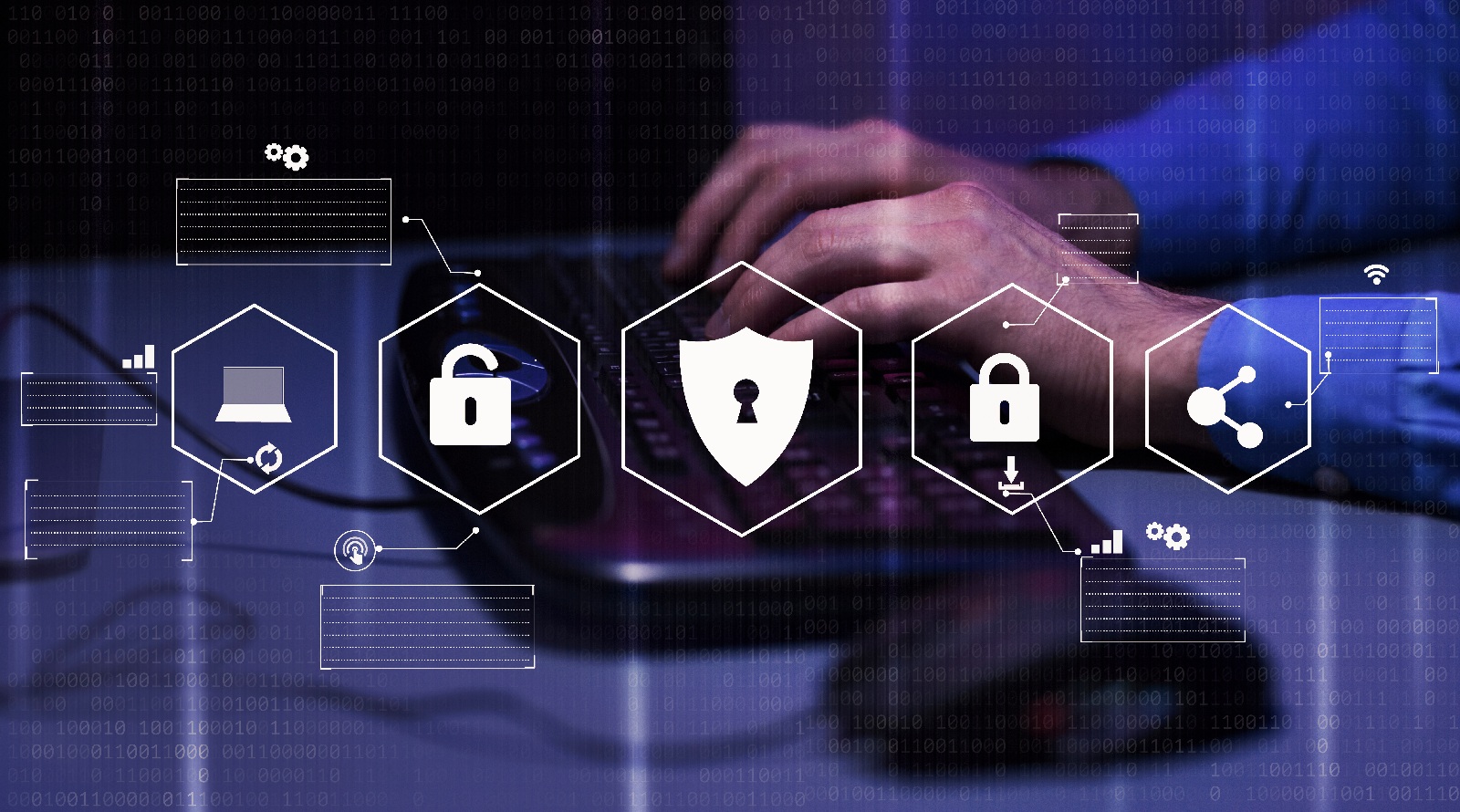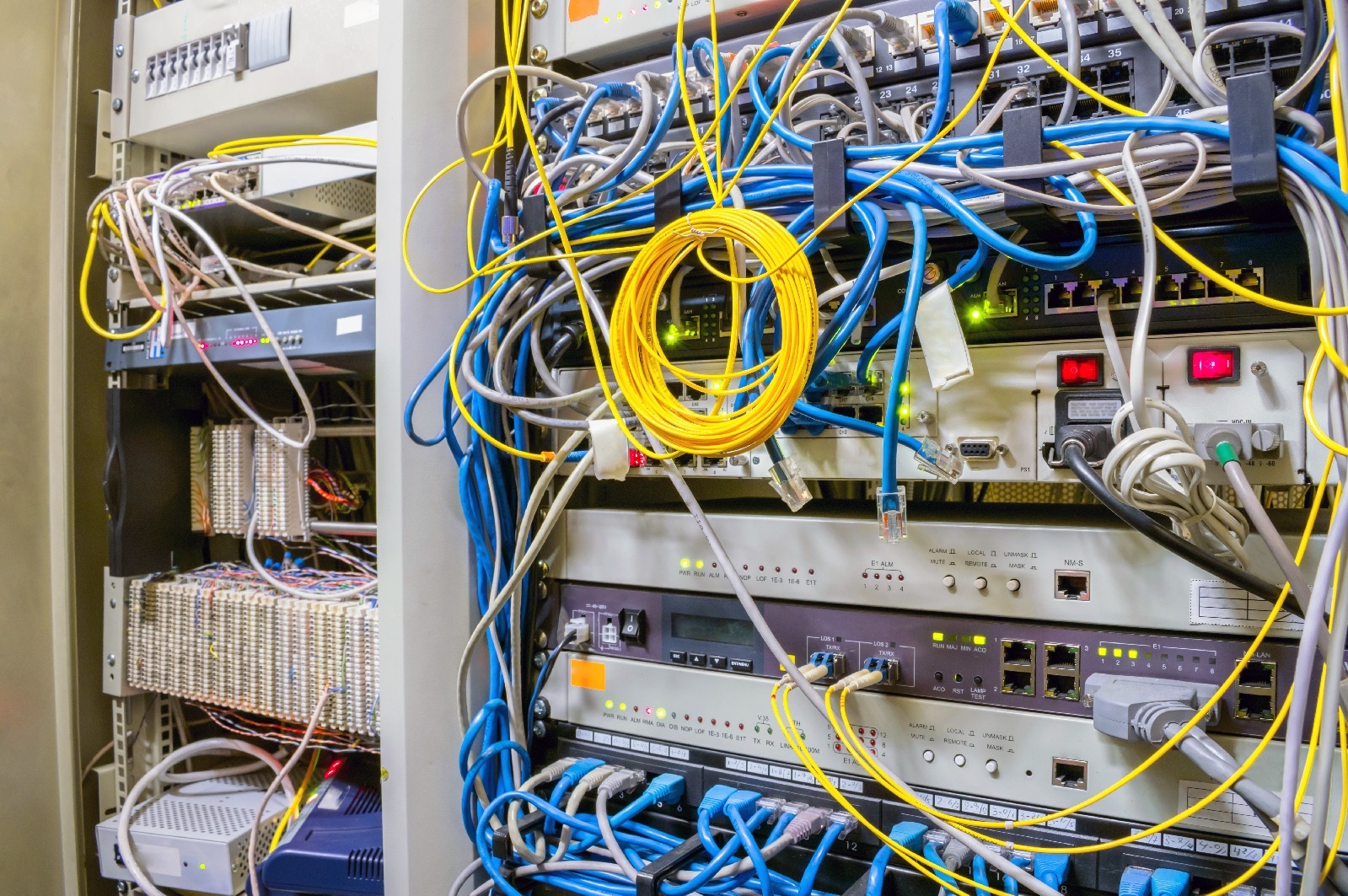
With the arrival of October comes Cybersecurity Awareness Month 2023, a collaborative effort between government and private industries to help people better protect their data. Now in its 20th year, a new theme has been chosen: Secure Our World. Unlike previous years, this theme is going to carry over year-round. The reason is simple: cybersecurity awareness doesn’t just stop after October ends; it’s an ongoing activity for individuals and businesses alike.
What Is Cybersecurity Awareness Month 2023?
Cybersecurity Awareness Month, which happens every October, marks its 20th year of helping people become more secure. As a joint effort between government agencies like the Cybersecurity and Infrastructure Security Agency (CISA) and private entities, it aims to give people the knowledge they need to stay safe. The month is filled with resources and tips to help educate people about online safety. With technology’s role in our lives today, awareness is more important than ever.
Secure Our World With Cybersecurity Awareness
This year, we’ll be focusing on the basics. When talking about cybersecurity, it can sound difficult, intimidating, or even scary. Yet, it only takes knowing a few key things to stay protected against most threats. Those areas are:
Recognizing and Reporting Phishing
Anyone who can do those four things can stay protected against most threats. With support from an IT team, that process not only becomes simpler, but they can provide ongoing help with any questions or challenges people have along the way.
The Value of Strong Passwords and Password Managers
Think of a password as the lock on a front door. A weak lock is easy to break, while a sturdy one offers better protection. Similarly, strong passwords serve as a core defense against cyber threats. The stronger the password, the less likely someone will successfully hack into an account.
Quick Tips for Crafting Strong Passwords
- Go for Length: Aim for at least 16 characters, while also making it easy to remember. The longer the password, the tougher it is to crack.
- Mix it Up: Use a combination of letters (both upper and lower case), numbers, and symbols to make it harder to guess. Combining multiple random words into a phrase can also work.
- No Repeats: Each password should be unique to each service or app being used. Reusing passwords is a security risk.
How does one remember dozens of complex passwords? The simple answer is: there’s no need to. That is where password managers come in.
Password Managers: A Digital Keyring
These handy tools generate passwords and store them in a secure digital vault. Most can alert users if a password is weak or a duplicate. Users only need to remember a single ‘master’ password for the manager itself. By using strong passwords and a reliable password manager, individuals can have peace of mind that they’re well protected.
How Multi-Factor Authentication (MFA) Can Help
Instead of relying on a password alone, MFA introduces a second or third method to verify one’s identity. That can range from receiving a temporary code via text or email to using biometric data like fingerprints. This added verification step dramatically reduces the chances of unauthorized account access, even when a password has been stolen.
Setting Up MFA is Easier Than You Think
- Navigate to Account Settings: This option is generally found within the application or website’s settings menu and may also be listed under “Security” or “Privacy.”
- Enable MFA: Look for an option that says “Multi-factor Authentication,” “Two-Factor Authentication (2FA),” or something similar, and turn it on.
- Choose Your Method: Select the most convenient method for secondary verification. Receiving a code via text is one of the most popular, as it requires little time or effort.
Combining MFA with a strong password makes it almost impossible for an account to be accessed by anyone but the user.
Spotting and Stopping Phishing Attempts
Phishing is a tactic to get people to share sensitive info, click harmful links, or open dangerous attachments. These most commonly appear in texts or emails. The tricky part? They’re often disguised to look like they’re coming from someone you know or services you trust.
Key Red Flags to Watch For
- Alarming Language: Phishing messages frequently use urgent wording to provoke a quick response.
- Request for Sensitive Info: Any unsolicited message asking for personal or financial information should be an immediate red flag.
- Odd Spellings and Grammar: Look out for misspellings or strange phrasing.
- Suspect Email Addresses: Check the email address. If it looks off (e.g., “[email protected]” instead of “[email protected]”), be careful.
- Asking for Money: The main goal of most phishing attempts is money. Some will request payments for fake services, late fees, or even taxes.
What to Do if You Spot a Phishing Attempt
- Report It: Most email platforms have a “report spam” button. Use it. If part of an organization, you may need to forward it to your IT team.
- Delete It: Don’t engage with it once you’ve reported it. Delete it as soon as possible.
By recognizing these signs and taking quick action, individuals can prevent phishing attempts from becoming a bigger issue. It’s a small but vital step in maintaining a safer digital life.
Always Keep Your Software Updated
Updating software is like giving your devices a health check-up. These updates include fixes and enhancements that make your devices more secure. During Cybersecurity Awareness Month, it’s time to be diligent about hitting that “update now” button instead of postponing it.
How To Stay On Top of Updates
- Look Out for Notifications:Most devices will alert you when an update is available. These aren’t just routine pop-ups; they’re your device’s way of asking for a needed security tune-up.
- Don’t Procrastinate:When an update becomes available, install it sooner rather than later. Waiting around can make your device an easy target for cyber attacks.
- Enable Automatic Updates:If you don’t want the hassle of manual updates, switch on the automatic updates setting. Most software and security programs have an option for it.
Many security issues may already be fixed by a patch. By keeping software up to date, you’ll be less vulnerable to digital threats.
Beyond October: Cybersecurity Awareness Month Year-Round
In today’s technology-driven world, most use phones, tablets, or computers daily. The message of “Secure Our World” isn’t just for Cybersecurity Awareness Month in October; it’s for every day of the year. Simple steps like picking good passwords, using MFA, and watching out for fishy emails help keep people safer online. Don’t forget to update your devices with the latest security fixes, too. By making good cybersecurity habits a daily activity, individuals and businesses can stay protected.
Does your business want to boost cybersecurity awareness or improve your IT security? Get in touch with us for a consultation through our contact form or call us at +1 (800) 297-8293




















